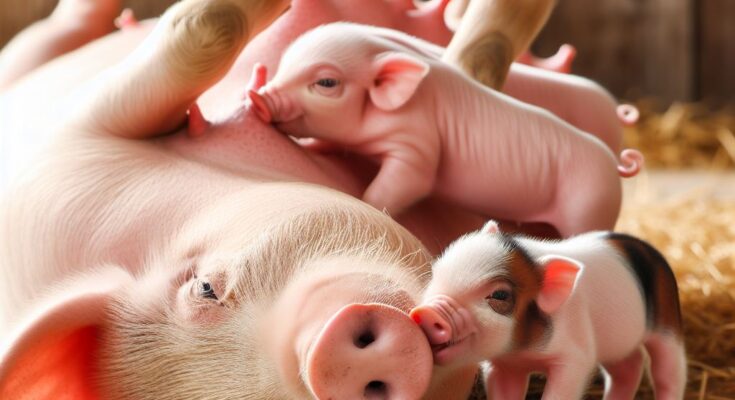Pig farming, pork farming, or hog farming is the raising and breeding of domestic pigs as livestock, and is a branch of animal husbandry. Pigs are farmed principally for food (e.g. pork: bacon, ham, gammon) and skins.
Pigs are amenable to many different styles of farming: intensive commercial units, commercial free range enterprises, or extensive farming (being allowed to wander around a village, town or city, or tethered in a simple shelter or kept in a pen outside the owner’s house). Historically, farm pigs were kept in small numbers and were closely associated with the residence of the owner, or in the same village or town.[1] They were valued as a source of meat and fat, and for their ability to convert inedible food into meat and manure, and were often fed household food waste when kept on a homestead.[2] Pigs have been farmed to dispose of municipal garbage on a large scale.[3]
All these forms of pig farm are in use today, though intensive farms are by far the most popular, due to their potential to raise a large amount of pigs in a very cost-efficient manner.[4] In developed nations, commercial farms house thousands of pigs in climate-controlled buildings.[5] Pigs are a popular form of livestock, with more than one billion pigs butchered each year worldwide, 100 million in the United States. The majority of pigs are used for human food, but also supply skin, fat and other materials for use in clothing, ingredients for processed foods,[6] cosmetics,[7] and medical use.




